Natural stone boasts a remarkable array of versatile surface treatments, each possessing a unique beauty that remains unparalleled by the singular finish of synthetic material. From the ethereal translucency of certain stones, allowing light to weave through intricate patterns, to the intricate artistry of sculpted surfaces that showcase the skill of artisans, and the deliberate grooves of sawn surfaces providing both aesthetic allure and practical functionality - the diversity of natural stone surfaces is truly captivating. Unlike the uniformity of sintered stone, the various treatments applied to natural stone not only enhance its aesthetic appeal but also offer a tactile and visual richness that adds character and authenticity to architectural and design projects. In choosing natural stone, one embraces a world of possibilities, where each surface treatment tells a unique story and contributes to the timeless allure of the material.
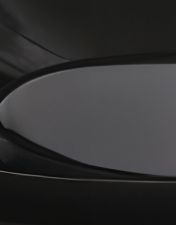
Polished
It is the most popular finish of stone. The heat, created by the quick spinning polishing pad rubbing the surface of the stone, and the small amount of water forms a crystalisation layer on the stone surface. The crystalisation helps to fill the porous holes. So it is a good protection of the stone.
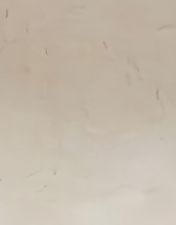
Matt
It is also called honed finish. Many countries like matt finish, as it is not so shiny, thus more cozy and relaxing. Compare this surface with the left picture of polishing, grinding from coarse grid pads to smoother one. The process of a matt finish treatment is very similar to polishing.

Sandblasted
Use a sandblaster to create a smooth surface. From the picture, you can see that the sandblast surface is lighter, and forms a sharp contrast with the polished surface. The polishing process brings out the original color of the stone, and get darker, while the sandblast surface is greyer.
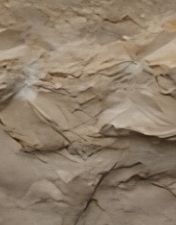
Natural Rocky
There are a few ways to create the natural rocky look. This one is achived by natural split.It uses a wide-lip chiesel to split the stone.
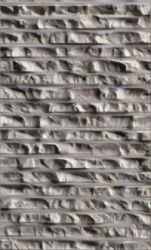
Sawn Rocky
The vanity is sawned rocky. Firstly saw the stone, and then split it. The look combines visible sawn lines with the split surface.
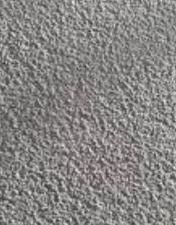
Bush Hammered
This is also called Litchi surface.The scattered dots are created by the pinpoint alloy on the bush hammer.
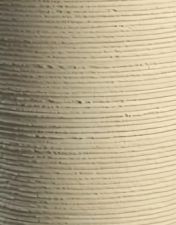
Turned Rough
Turning on a saw seamlessly. The saw lines looks not as coarse as the Sawn Rocky, but still having natural texture.
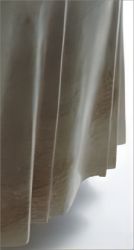
Sculpted
Sculpted stone surfaces involve the intricate carving or shaping of stone to create detailed and often artistic patterns, reliefs, or three-dimensional sculptures.
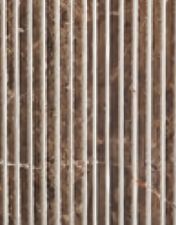
Sawn Groove
Sawn groove stone surfaces are characterized by precise and deliberate grooves or channels cut into the stone using sawing techniques. .
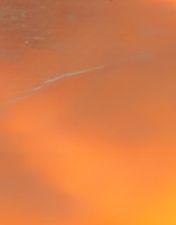
Translucent
Translucent stone surfaces possess a unique quality of allowing light to pass through them partially, creating an elegant and ethereal effect.